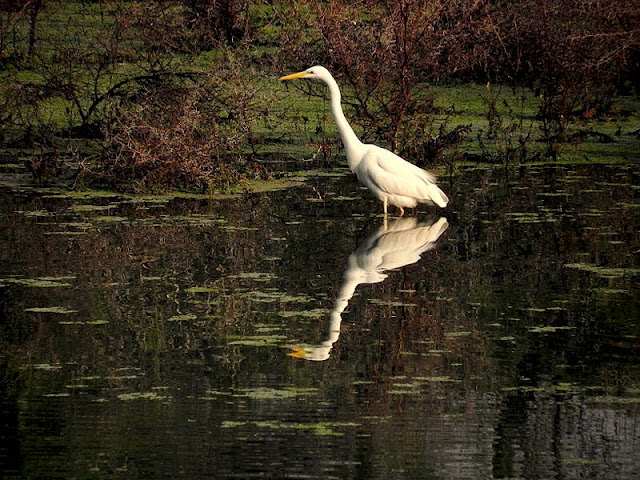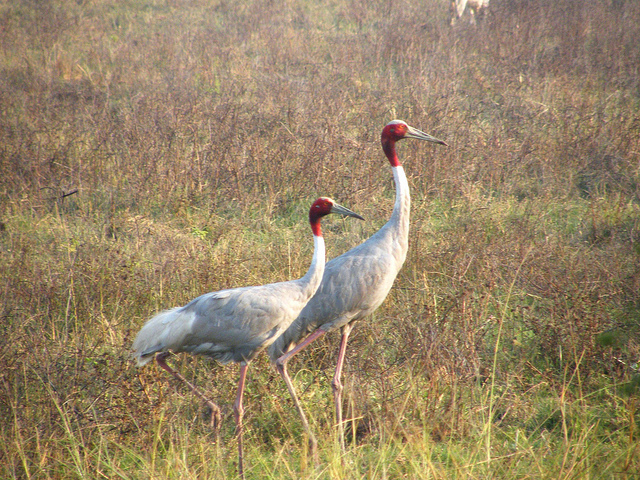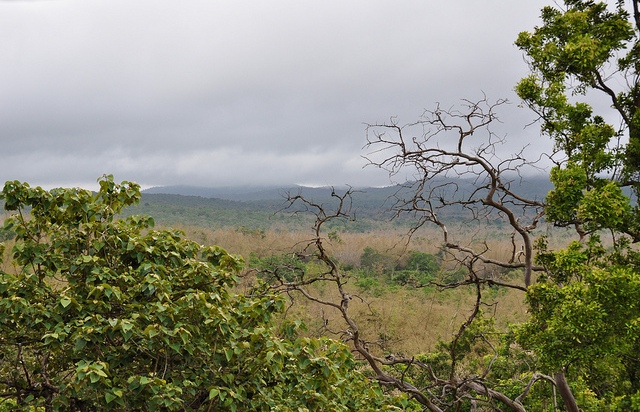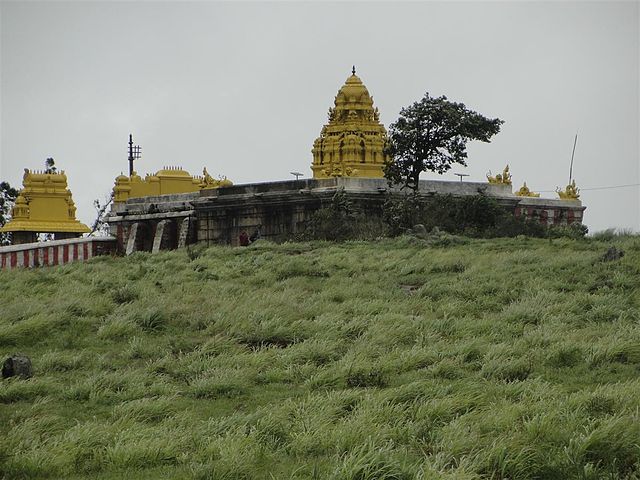Periyar National Park in Kerala, India is both a National Park and a wildlife sanctuary. Periyar Wildlife Sanctuary and Thekkady are the two other names by which it is referred. Over 950 square km of land is under protection out of which 350 square km is the core area. It is on the border with Tamil Nadu and lies in the middle of Cardamom Hills’ mountainous area. Periyar National Park (or PNP) is a well-known wildlife attraction of south India. Here are some interesting things to know about this park.
1. Periyar National Park was established in 1982 with the 350 km2 of the protected area as its core area.
2. The Cardamom Hills and Pandalam Hills surround the PNP which makes it a very picturesque place.
 |
| View inside Periyar National Park |
3. The park derives its name from the Periyar River, which is one of the few perennial rivers in the region.
4. There is a beautiful lake inside the wildlife sanctuary, called the Periyar Lake, which came into existence after the construction of the Mullaperiyar Dam on Periyar River.
 |
| Mullaperiyar Dam |
 |
| Submerged trees in Periyar Lake |
5. PNP is a part of Project Tiger that aims to preserve the tiger population in India.
6. Besides tigers, dholes, gaur, sambar, wild pig, Indian giant squirrel, Travancore flying squirrel, jungle cat and sloth bear are some of the mammals of this park.
 |
| Dholes in Periyar National Park |
7. This park was also taken under Project Elephant to ensure the safety of the elephants in this park.
8. Around 265 species of migratory and resident birds can be seen here. The tropical evergreen and moist deciduous forests provide an excellent habitat for the birds.
9. The best way to see wild creatures and birds in Periyar National Park is a boat cruise in Periyar Lake. Besides boat cruise, jungle safaris are also available to explore PNP.
 |
| Boat Cruise on Periyar Lake |
10. The best time to visit Periyar National Park is from October to June (visit here for more information) when the weather is favourable.
Our Entry for ABC Wednesday - P is for Protected Reserve of Periyar National Park









































